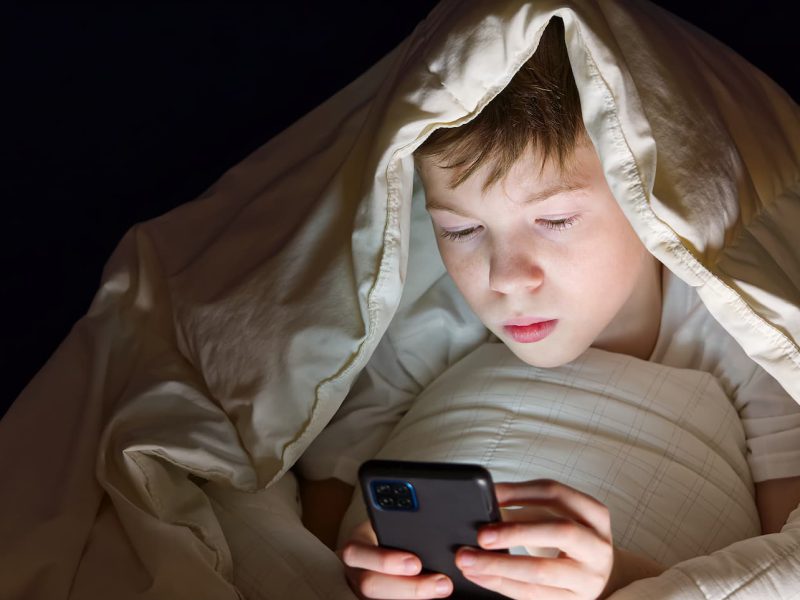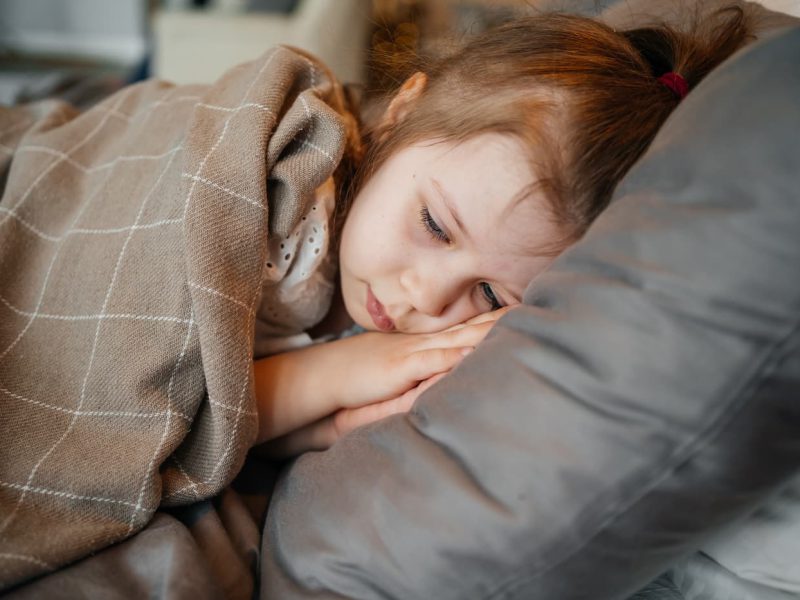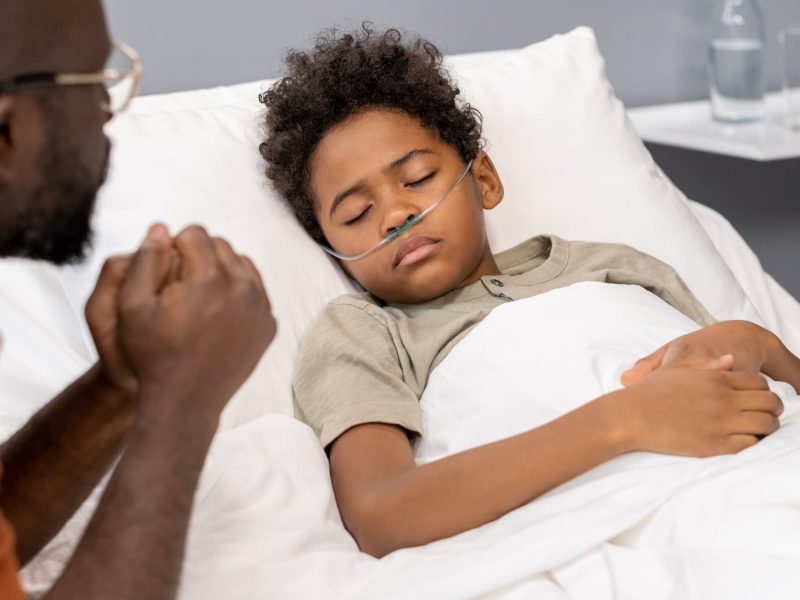Insomnia in the Child
Why do sleep disorders occur in children? What are the most common?
At least 1 in 3 children suffer from chronic sleep disorders. Half of the adults report not sleeping well regularly, and 10% of the general population have sleep problems of such magnitude that they require chronic pharmacological treatment. Everyone has had issues with sleep at some point in their lives. The International Classification of Sleep Disorders includes approximately one hundred sleep disorders. Each has its particular causes, consequences and characteristics. We will discuss some of them (the most common, such as insomnia or obstructive sleep apnoea, and the not-so-common but very serious, such as sudden infant death or narcolepsy).


If you have the following, please come and see our sleep specialist:
- Snoring
- Light, fragmented sleep
- Waking up frequently during the night
- Sleeping and low energy throughout the day
- Feeling paralysed or unable to move upon waking
- Pauses in breathing, gasping or choking during sleep
- The uncomfortable sensation of the legs while sleeping
- Seeing or hearing things while drowsy and not fully asleep
- Feeling tired all the time, sleepy, drowsy or fatigued during the day
- The need to take medication or supplements to fall asleep or to keep awake
- Waking with: shortness of breath, headache, nausea, nasal congestion, or dry throat
SLEEPCARE CLINICS
This international classification of sleep disorders summarises the disorders into the following categories
1
Insomnia
- Intrinsic sleep disorders
- Extrinsic sleep disorders
- Sleep disorders related to the circadian rhythm
2
Parasomnias
- Awakening disorders
- Sleep-wake transition disorders
- Parasomnias commonly associated with REM sleep
- Other parasomnias
3
Medical - Psychiatric disorders
- Associated with mental illness
- Associated with other diseases
- Associated with neurological diseases
4
Proposed alterations
If you have been diagnosed as having one of the following:
- Insomnia
- Narcolepsy
- Depression
- Sleep apnoea
- Restless Legs Syndrome
- Jet lag sleeping problems
- Shift work sleeping problems

Sleep needs throughout the development
Sleep needs vary throughout development. Therefore, it is essential to know the amount of normal sleep based on age since sometimes the sleep expectations that parents consider differ from the real needs, so they may be referring to an insomnia problem when there is none:
Age
- Newborn
- 0-1 years
- 1-3 years
- 3-5 years
- 6-12 years
- 10-11 years
- ≥ 12 years
Duration of sleep hours in hours
- 14 hours
- 16-20 hours
- 12 hours
- 11-12 hours
- 10-11 hours
- 9 hours
- 8-8.5 hours
How does this situation affect parents?
Sleep disorders in children affect the family nucleus. If a child doesn’t sleep well, surely her parents won’t either.
What is childhood insomnia?
Insomnia is difficulty initiating or maintaining sleep or waking up earlier than «desired or needed». In a broader sense, it is the feeling of unrefreshing sleep or «bad» sleep. Insomnia is chronic when it lasts over time.
SLEEPCARE Clinics
Treatment, in general, will be fundamentally cognitive-behavioural
- In cases of psychiatric pathology or chronification of the disorder, where it may be necessary:
- The use of drugs.
- Psychological and behavioural treatment:
- a) Reduce parental involvement in sleep onset
- b) Consistency
- c) Managing child and parent anxiety
- Teenagers:
- a) Rule out psychiatric disorder
- b) Sleep and wake times
- c) I dream during the day
- d) Sleep Hygiene

